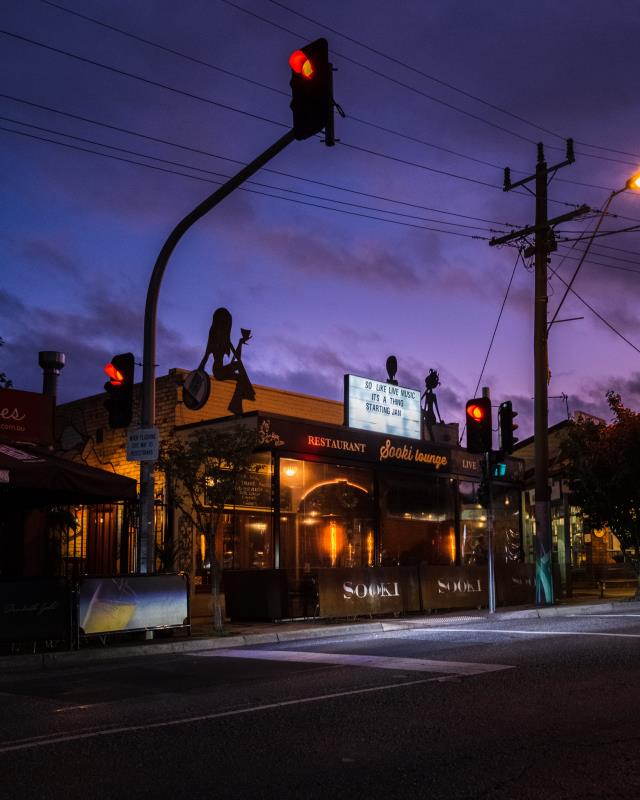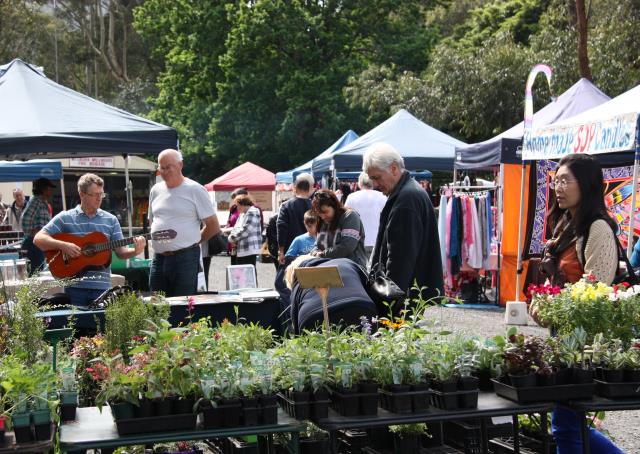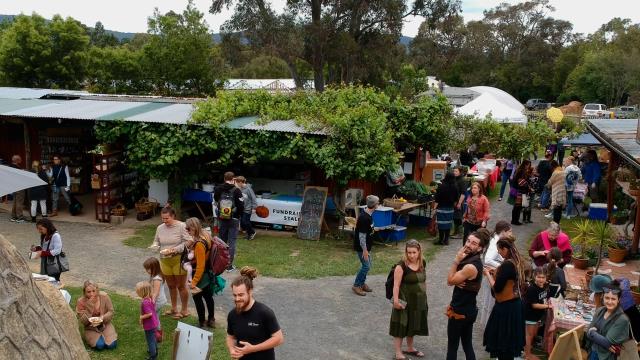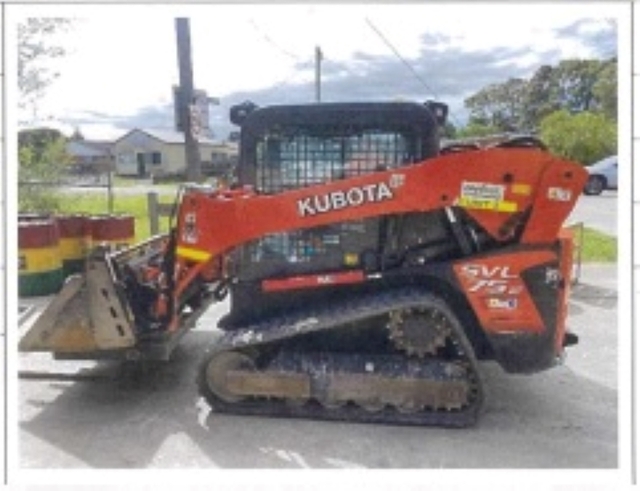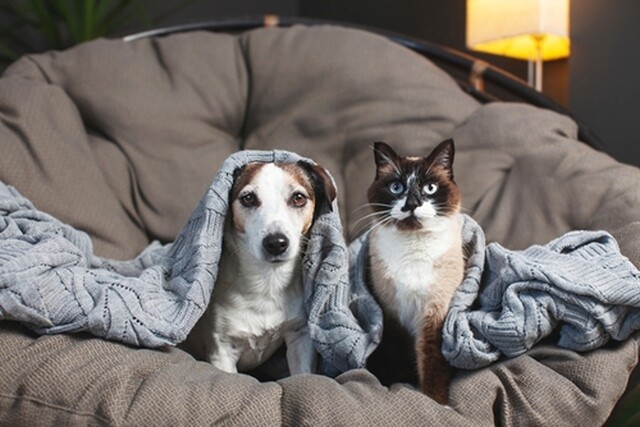The ramifications of worker shortages due to the pandemic, despite restrictions being lifted, are still being felt by businesses across the Yarra Ranges.
Stephen Crombie, co-owner of Belgrave’s live entertainment and dining venue Sooki Lounge, said the business is getting by, but every day is not a normal day in comparison to pre-pandemic operations.
“We employ about 30 staff on a full time [and] casual [basis], and we’ve had to train a whole venue three times over – so that’s bussies, that’s bar staff, that’s floor staff, kitchen staff, even security outside all of that,” Stephen said.
Stephen said the first batch of staff who left struggled with mental health working in the hospitality industry when the pandemic hit.
“Being battered by Covid mentally when you’re in this industry, especially being on the side we were on, which was live music plus a restaurant, we just got made to feel like we were nothing for two years. We really did, so they just wanted out.
And also where they reside or trying to get affordable living, [an] affordable roof above their head was a big thing as well.”
According to the Australian Bureau of Statistics (ABS), more than one in five (22 per cent) employing businesses have staff unavailable to work due to issues related to Covid-19, 31 per cent of employing businesses are having difficulty finding suitable staff and almost half of all businesses have experienced supply chain disruptions (47 per cent).
“At one stage, [we had] maybe 12 to 13 guys on JobKeeper, out of that we’ve got one of them left,” Stephen said.
“We’ve got a tax bill arising from 2021 where we’ve made no money and predominantly a lot of it’s coming from JobKeeper.”
According to Australian digital health company Gardian, the spreading of ‘third wave’ Omicron and its subvariants has led to a soaring number of absent workers is adding 15 billion dollars to an already diminished workforce.
For Stephen, a reduction in venue patronage has also made an impact on the live entertainment and hospitality industries, with food and drink sales lowering.
“What venues have been struggling with, which is starting to tail off now, is for example; we’ve got a sold out show of 300 people, and if I go back two months ago to that sold out show of 300 people, what would happen is probably 200 people come in.
So the bands will get the ticket sales, so that’d be okay. But the venue won’t get 300 people for its venue… you’re also staffing for the 300 people as well.”
Stephen said food costs for Sooki Lounge have gone up 40 per cent, which is not reflective on the bill, and insurance costs have almost tripled.
“We pay about $150,000 in insurance annually, and power’s about to double if you’re out of a contract. So for example, for us, we pay just over $3000 a month. Once that comes out of contract, that’s going to be $6000 a month, and we’re actually not too bad of a position, we’re not in a lot of debt, but most people are close to the edge,” he said.
To cope with lockdowns and rising costs, Sooki Lounge has trimmed their opening hours late afternoons and evenings rather than operating during the day.
He said the impacts on low patronage and a shortage of staff will be seen in about four months with an oversupply of hospitality businesses not only in the Dandenong Ranges but in the city.
“There’s too many [businesses], they’re not making money at the moment,
you’ve got kind of a corporate hospital model of maybe a business might have 30 in their portfolio. And right now we’ve got 30 problems, 30 problems of costs as well if you’re not getting staff.
Un some cases of baristas getting paid literally $70 an hour. Now, if you’re doing that you’re not making money. You’re almost certainly losing money. And all you’re doing and the only reason you’re doing it is to keep the doors open. You can only keep those doors open for so long under that model.”
Stephen said Sooki Lounge will keep pushing and move forward one day at a time.
“You’re trying to do a great job and keep trying to get better, but you’re not trying to break world records after the last two and a half years.”

